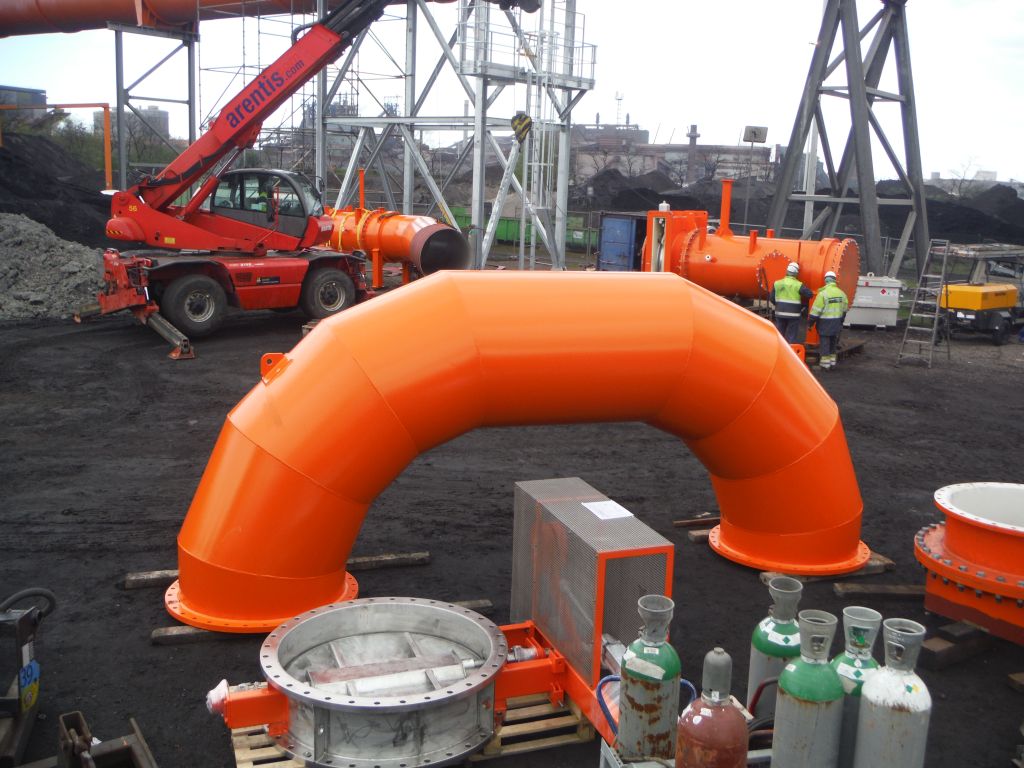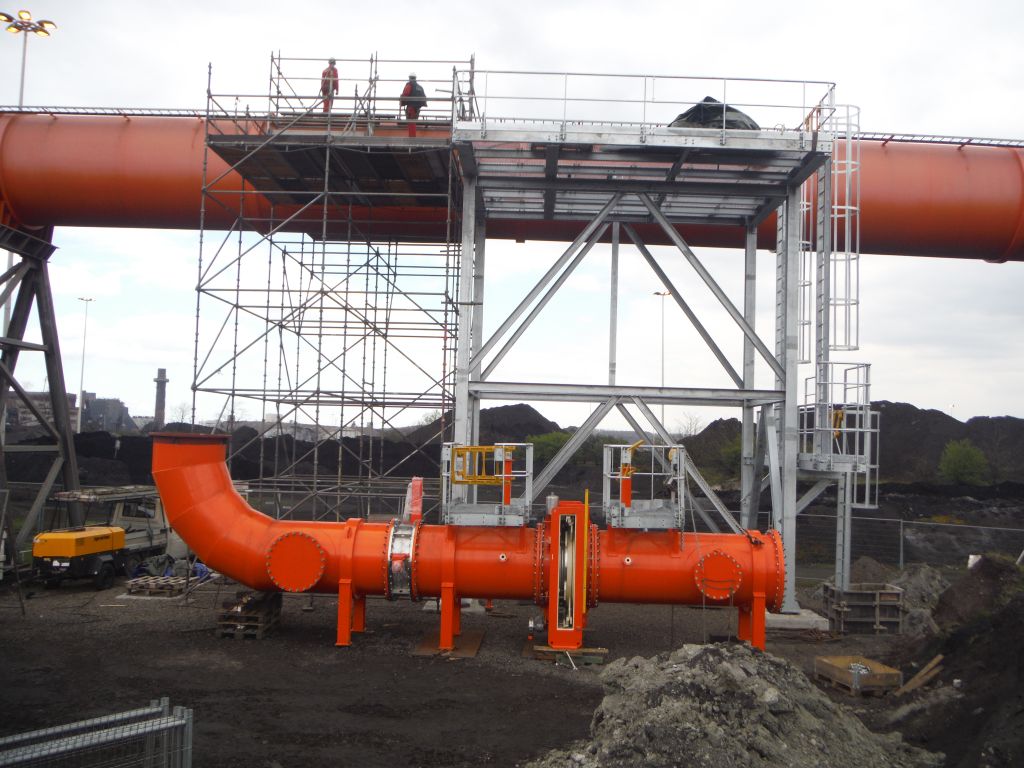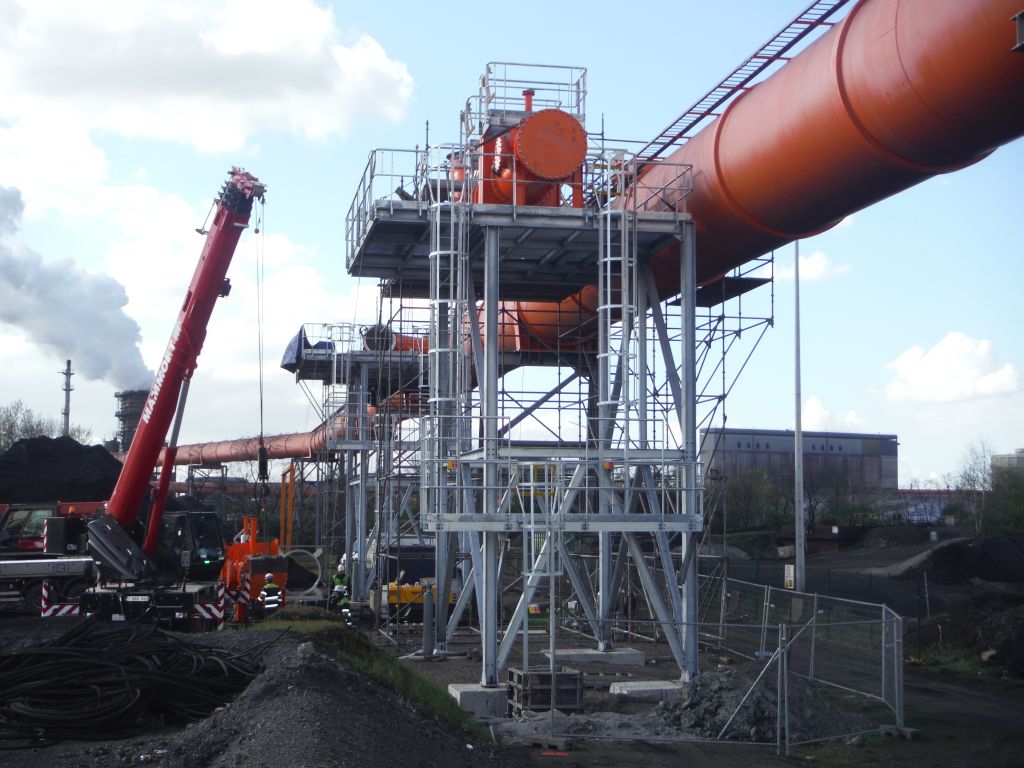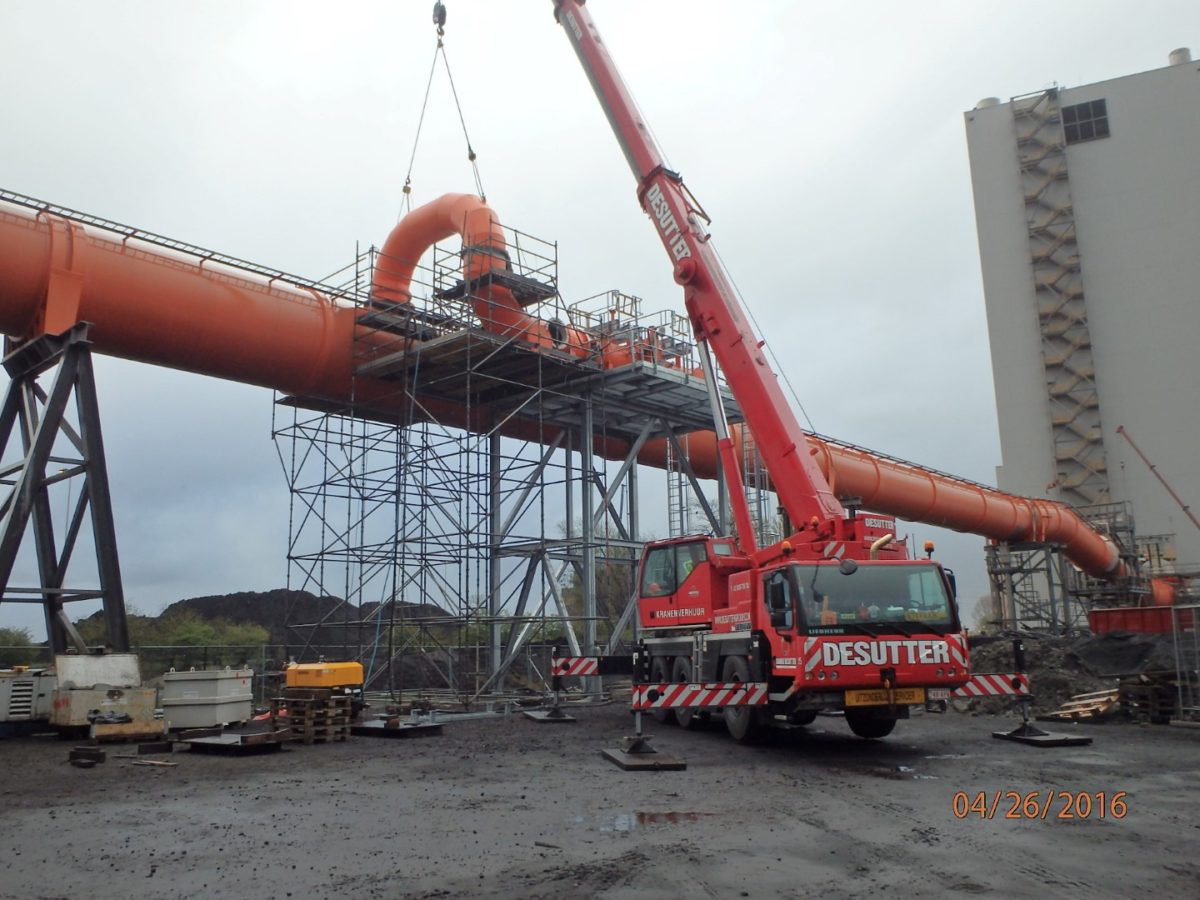Description
From the gases produced in the steel mill furnaces, by catalytical processes or by fermentation with bacteria, high value hydrocarbon products can be produced. Some of these newly developed technologies, after more than 10 years of research and pilot tests, are ready to be industrially deployed to a TRL 9-level. The end products of these technologies are valuable fuels and chemical products, that can be used as a feedstock in the chemical industry. A well know example is ethanol from steel mill gas, which can be dehydrated into ethylene, which is a feedstock for poly-ethylene plastics.
Since many of the chemical products like e.g. plastics are already largely recovered, there is a second life for this carbon possible. One very well-known way to circularly use this carbon is to grind the plastics, and re-inject them in the blast furnaces for iron making.
Added value
By the use of the elements of the steel mill gases valuable chemicals can be produced like ethanol, methanol, formic acid, isobutene, synthetic naphta, etc.
These feedstocks can all be transformed in end products which are currently made from fossil raw materials. By using the steel mill gases, there is no more need to extract the fossil resources from the earth, to produce the chemical.
- The Steelanol® plant in ArcelorMittal Gent will have yearly ethanol production capacity of 80 million liters, an equivalent for powering 100.000 cars on the road.
At the time most steel gases a
re burnt to generate heat or to produce steam for electricity production. If these gases are no longer burnt, the heat can be generated by recovery of waste process heat, which is abundantly available in steel making. Electricity can be produced by installing more sources of renewable electricity.
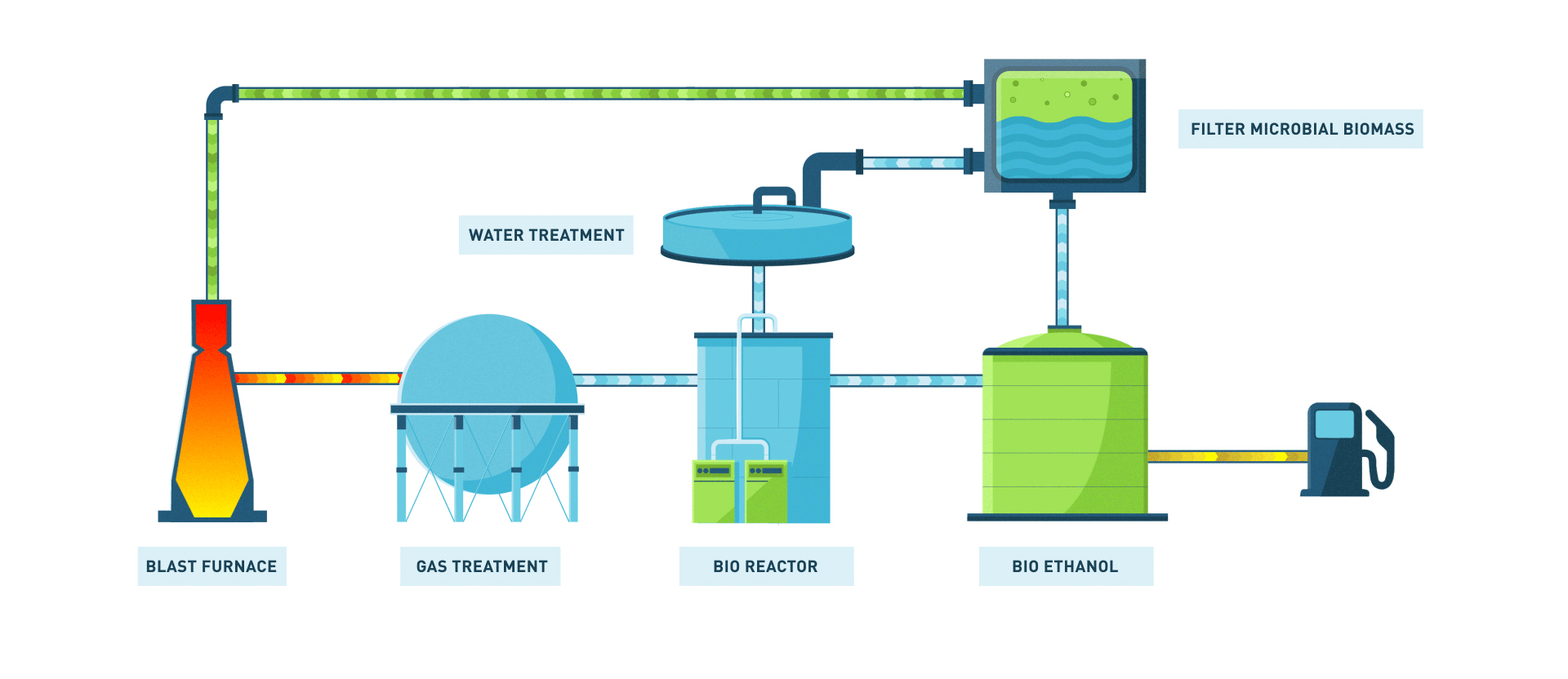
Added value:
- By valorising the waste process gasses of the steel industry, emission of the order of several millions of tons of CO2 per year can be avoided.
- The industry based on these new technologies, can provide several thousands of jobs.
Challenges
The new technologies are facing two problems at the moment:
- The products (fuels, chemical) are more difficult to produce than from fossil raw materials, and hence their cost is higher. So, without an additional support, they cannot compete with the fossil derived products.
- In the EU there is currently no legislation or regulations to provide such a support for these low Carbon products such as a tax incentive, to prioritize them at the end user.
- Moreover the ETS taxes, applying to the carbon that is re-used in the products of these technologies, still have to be paid by the company that has bought the carbon, but no longer emits the CO2 from it.
This causes a double penalty for trying to re-use the carbon. - The upscaling of a technology from TRL 5-6 to TRL 8-9 is costing a lot of CAPEX. So a financial support, like a grant for a “first of a kind” unit, can be helpful to reduce the financial burden and risk for the industrial company that wants to upscale a technology.
Partners
ArcelorMittal, Lanza Tech, Primetals, E4Tech
